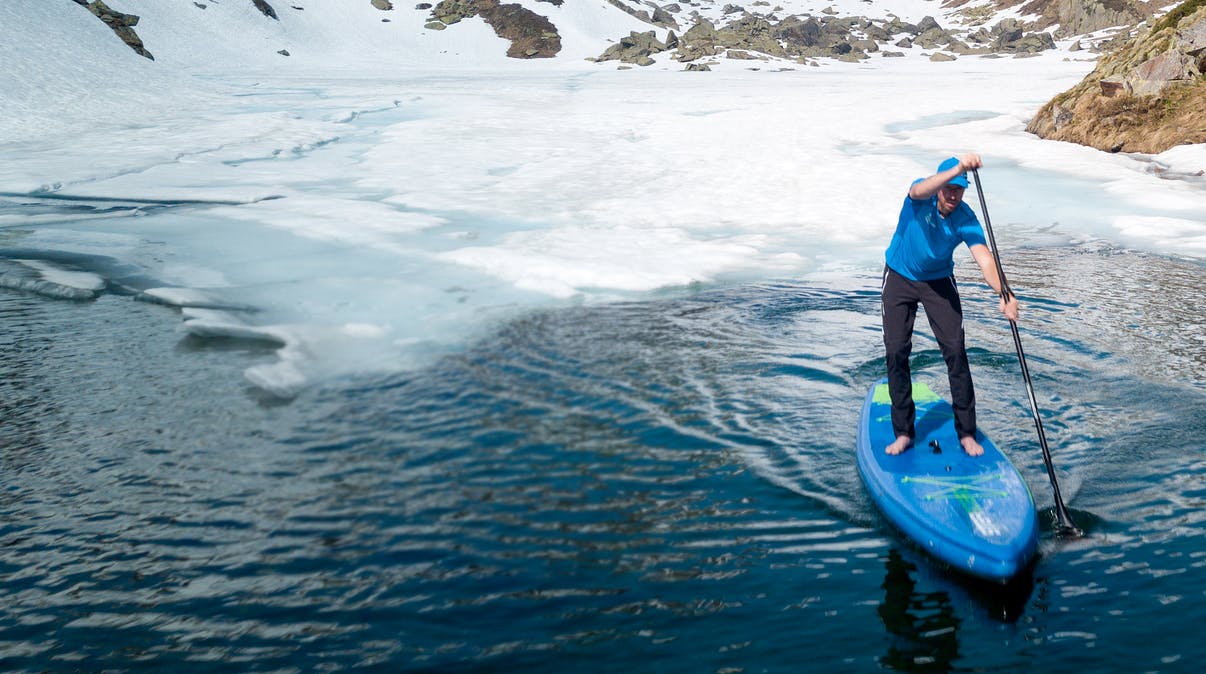Help out in our mission!
- Support our work with a small donation
- Join our current campaign
- Invite the Plastic Soup Surfer for a lecture or advice
- Join our team as a volunteer: send us an email


This is a story about plastic soup and how we are fighting against it.
The plastic soup problem can only be solved at its source by reducing the amount of plastic pollution that enters our environment. Otherwise we're mopping with an open tap.
We advocate for better regulations, such as deposits and recycling, and put pressure on companies to take responsibility for the litter their products produce. We believe this is how plastic pollution will be stopped.
Our approach: agenda-setting, activation, cooperation, and forcing breakthroughs.
The plastic soup is the plastic that we see accumulating in the oceans. Virtually all of the plastic in our oceans comes from land, with key culprits being disposable packaging, polystyrene foam, and foil that has made its way from the street to open water.
Plastic litter ends up in rivers, seas, and oceans. You can find it everywhere, from high in the mountains to the deepest sea troughs. Only 1% floats in the oceans; the rest slowly sinks to the bottom.
Water becomes Plastic Soup.
An enormous amount - and increasingly more - of plastic is produced. Hundreds of millions of tons every year. It is very suitable and very cheap packaging material. So cheap that the packaging material has no value and is not handled with care. But once in nature it does not disappear, it only breaks down into ever smaller pieces and eventually into microplastics and nanoplastics, invisible small pieces that enter the body.
Almost all seabirds have plastic in their stomachs; fish and turtles get entangled in it and die en masse. Nanoplastics are even found in the wombs of pregnant women.
Just as plastic is now produced and used, part of it will always end up in nature, in rivers, seas and oceans. This is how we've plasticized the world.
This is the plastic paradox: the increasingly massive production of cheap plastic for impulse purchases, while the material is unsuitable for impulsive behavior. The careless throwing away of plastics has extremely harmful and costly consequences on a global scale.
We bring attention to the problem of plastic pollution and its causes. We do this through spectacular surf and
We activate people to participate, such as elementary school students who ask to separate waste in the classroom. Or by asking people to send us pictures of litter like Knetterballen and Mars or AntaFlu wrappers through our app. Or by partnering with our community, like the Plastic Avengers. With more people, photos and data, we create more pressure and more mass, which companies and politicians are sensitive to.
In our Plastic Talk shows, we engage with scientists, activists, politicians and business people to find new ways and strategies to fight plastic soup.
We are always driving towards a breakthrough: changing the system and the behavior of companies; deposits on plastic bottles and cans, waste separation, less packaging, biodegradable packaging...
By appealing actions, cooperation, purposefulness, tact, creativity, flexibility and perseverance, much has been achieved so far and we will continue to force new breakthroughs.
I am not accusing the material, but the way we put it to use. Plastic is a catalyst to our throw-away society.
Help out in our mission!